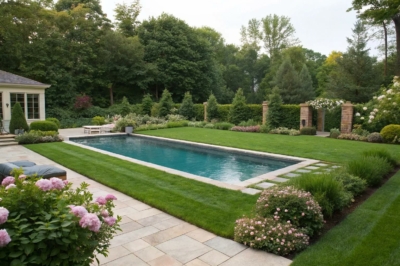1. Consider a Water Recycling System
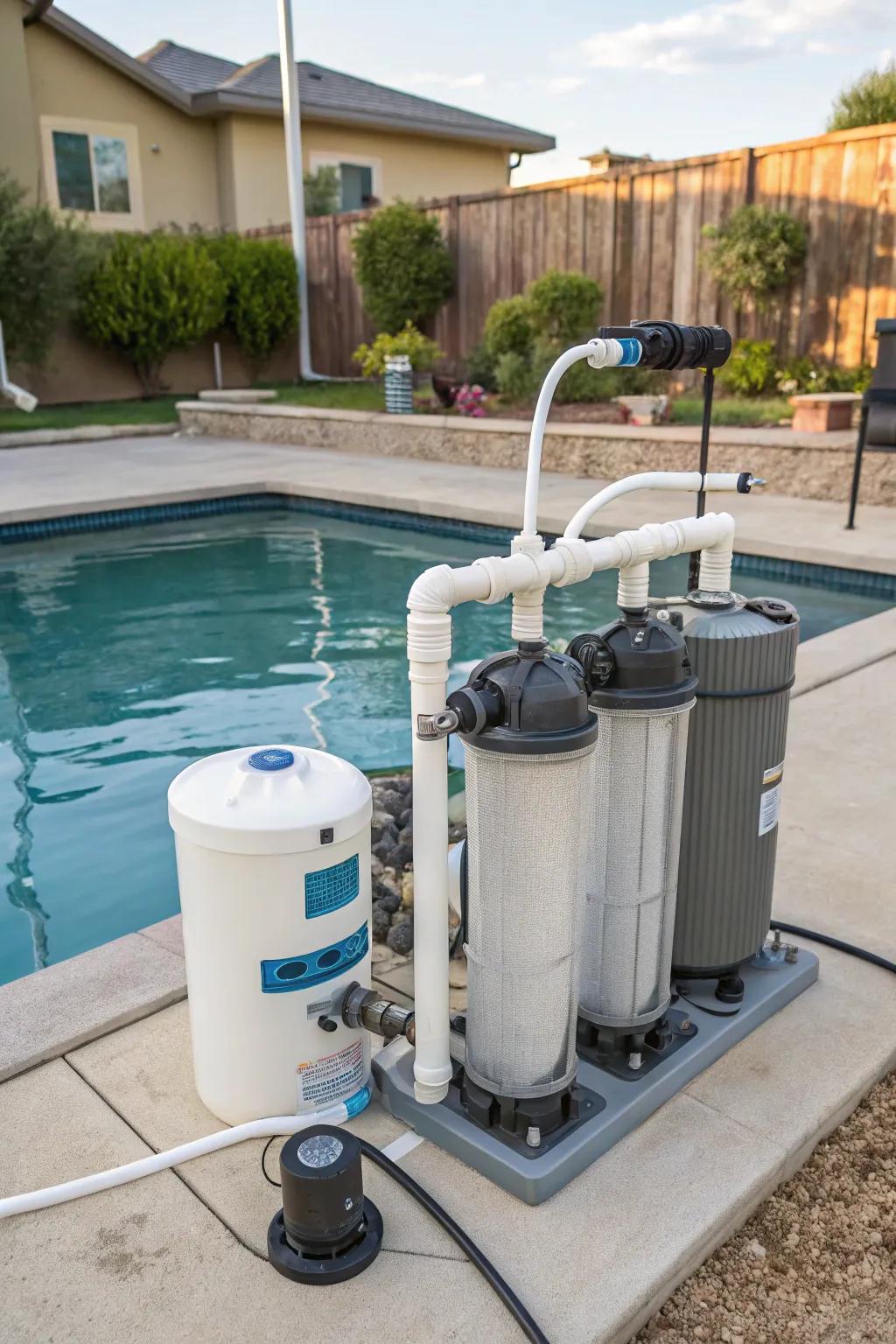
Invest in a water recycling system for your pool. It’s a bit of a splurge, but the sustainability factor is worth it!
Check these products out:
- Pool Water Recycling System: Upgrade your pool sustainability with a water recycling system, perfect for eco-friendly maintenance.
- Eco-Friendly Pool Filter: Transform your pool maintenance by investing in an eco-friendly filter system to conserve water.
- Pool Backwash Water Saver: Save water and resources by using a backwash water saver, enhancing your pool’s efficiency.
2. Install a Backwash Valve
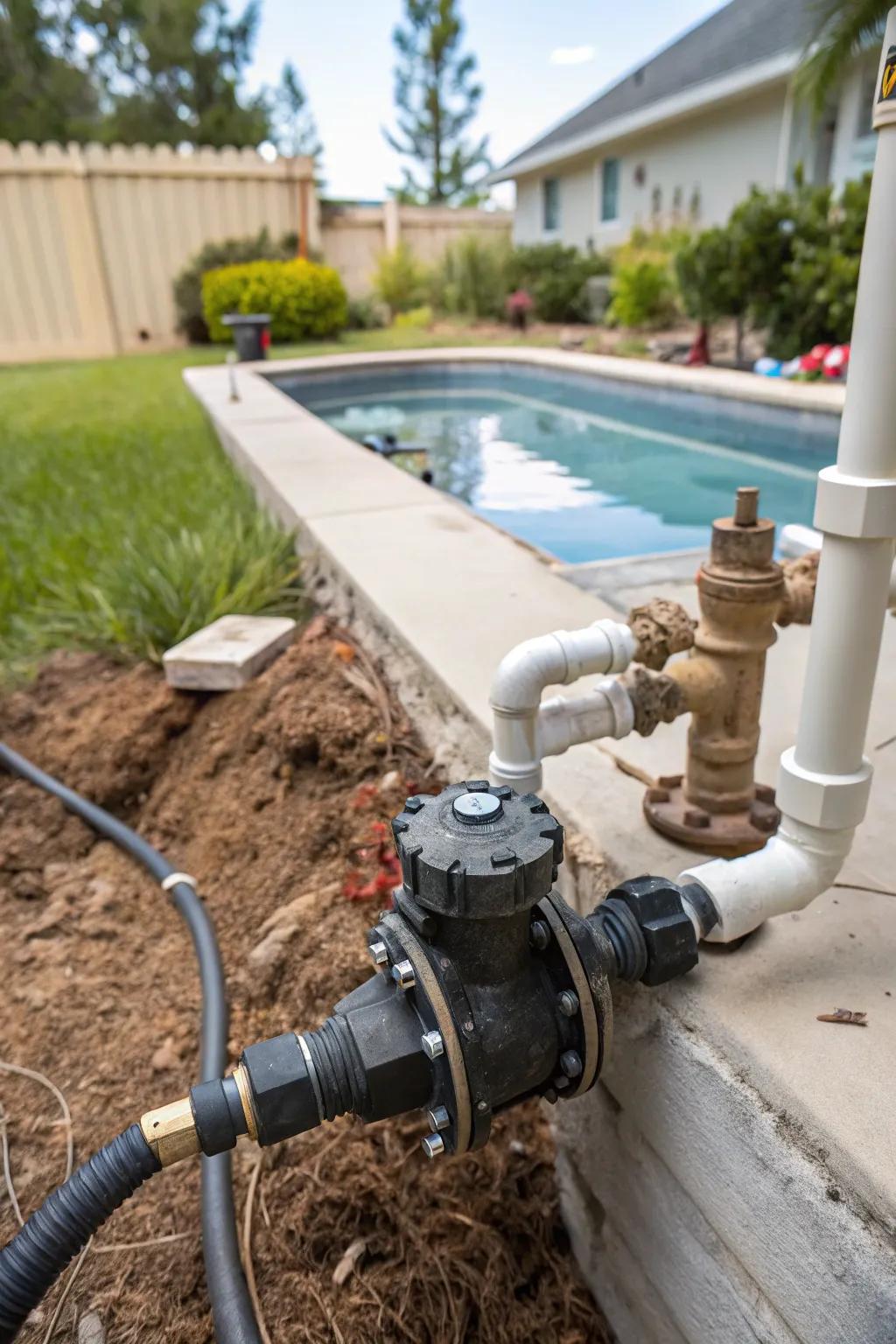
A backwash valve gives you control over water flow direction. This little gadget has saved me from many a soggy mishap!
Some handy options:
- Manual Pool Backwash Valve: Control water flow efficiently with a manual backwash valve. Save your lawn from excess water!
- Automatic Pool Backwash Valve Kit: Automate pool maintenance with this valve kit. Enjoy more leisure time by the poolside!
- Heavy-Duty Pool Backwash Hose: Ensure smooth water drainage with this durable hose. Avoid backwash flooding in your garden!
3. Install Overflow Prevention
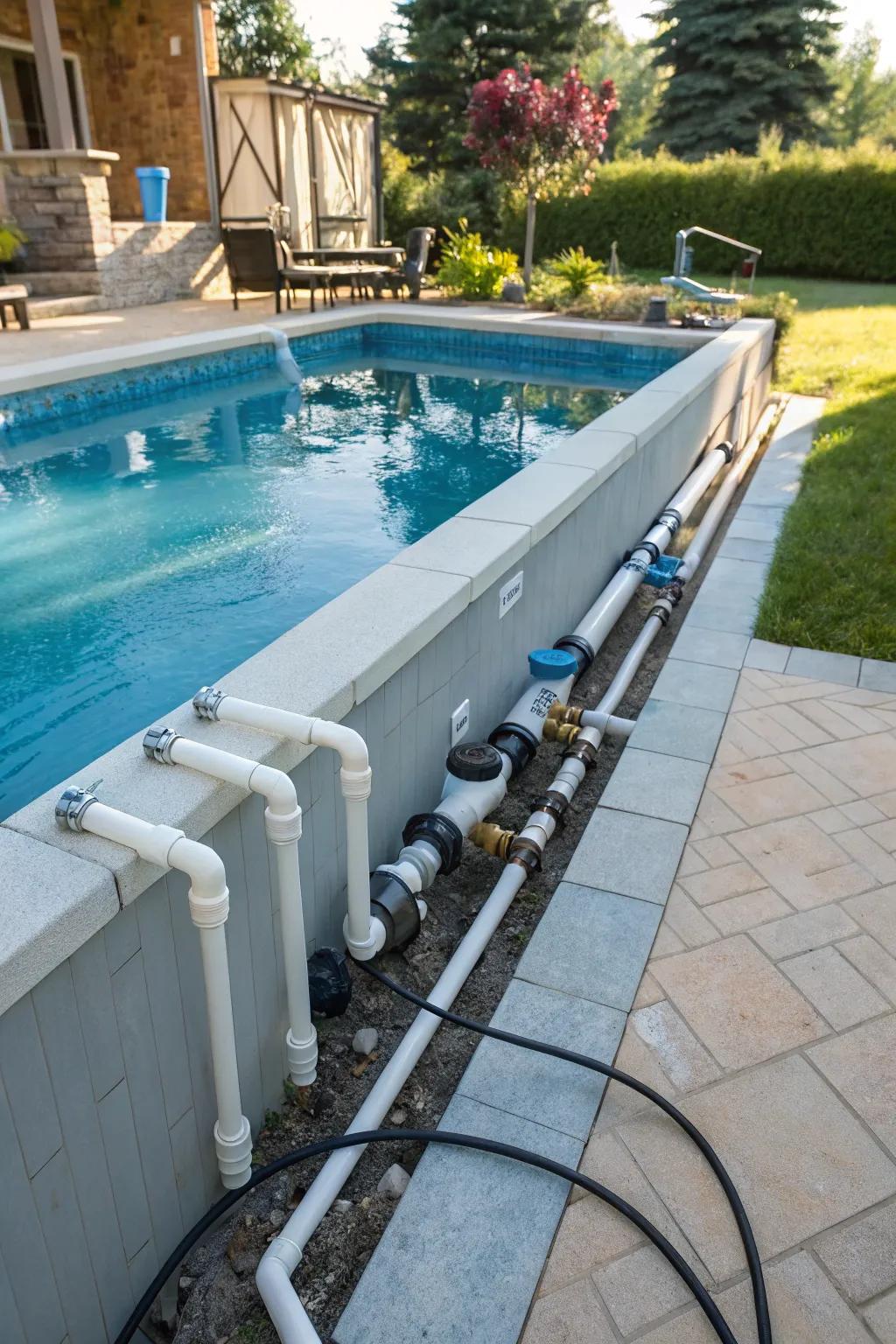
Prevent overflow with an automatic shut-off system. This nifty gadget has stopped many a water mishap in my yard!
A few choices to try:
- Automatic Pool Water Leveler: Ensure precise water balance in your pool with an automatic leveler. Save water, time, and worry!
- Electronic Water Shut-Off Valve: Prevent accidental overflow with an electronic shut-off valve. Enjoy peace of mind for your pool!
- Overflow Alarm System: Stay alerted with an overflow alarm system. Avoid pool overflows before they happen!
4. Connect to Existing Drainage
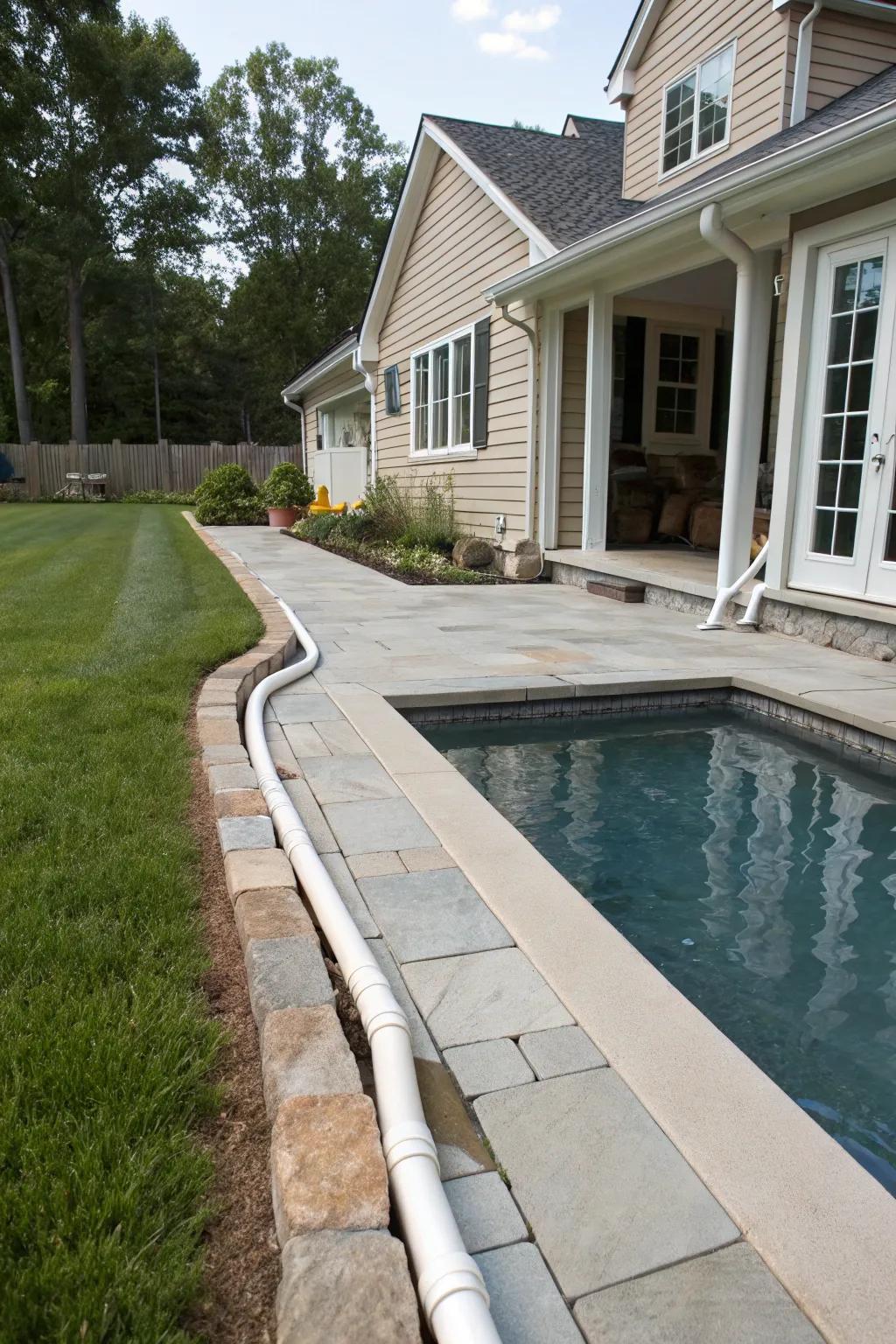
Consider linking your pool backwash to your home’s existing drainage system. I’ve found this helps keep everything tidy and efficient without extra hassle.
Products that could assist:
- Flexible Drainage Pipe: Ensure smooth water flow with this flexible drainage pipe, perfect for connecting pool systems.
- PVC Pipe Fittings: Easily integrate your pool backwash with these durable PVC pipe fittings and connectors.
- Drainage Pipe Adapter: Simplify your drainage connection using this reliable pipe adapter, ensuring a secure fit.
5. Create a Gravel Drain
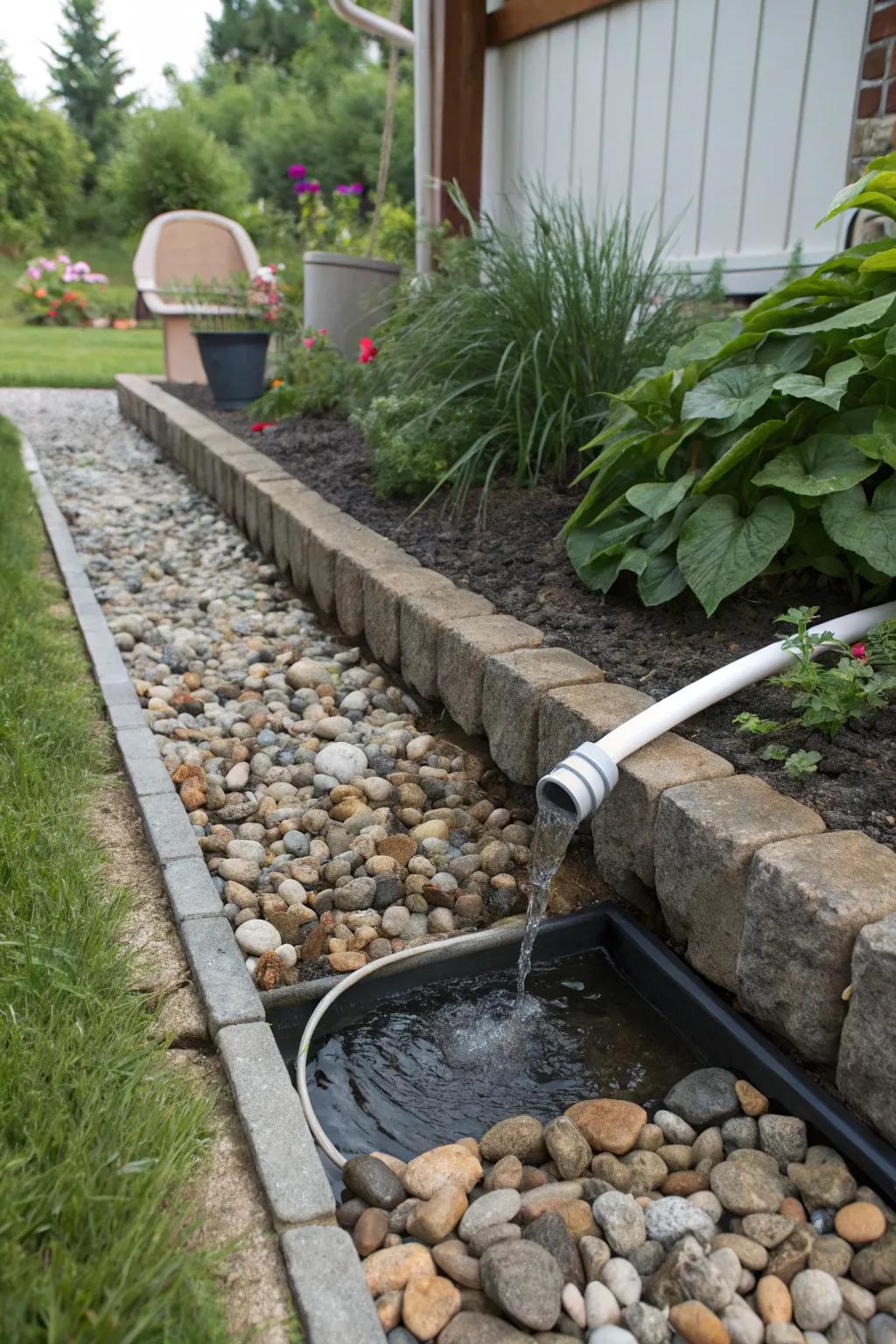
Build a gravel drain to absorb excess water naturally. In my garden, it’s both effective and adds a rustic charm.
A few things you might like:
- Outdoor Landscape Fabric: Install landscape fabric to prevent soil erosion and ensure effective water drainage in your garden.
- Decorative Garden Stones: Add decorative stones to enhance the aesthetic of your gravel drain while aiding water absorption.
- Drainage Pipe Kit: Use a drainage pipe kit to efficiently direct water flow and prevent pooling in your garden.
6. Integrate into Landscape Design
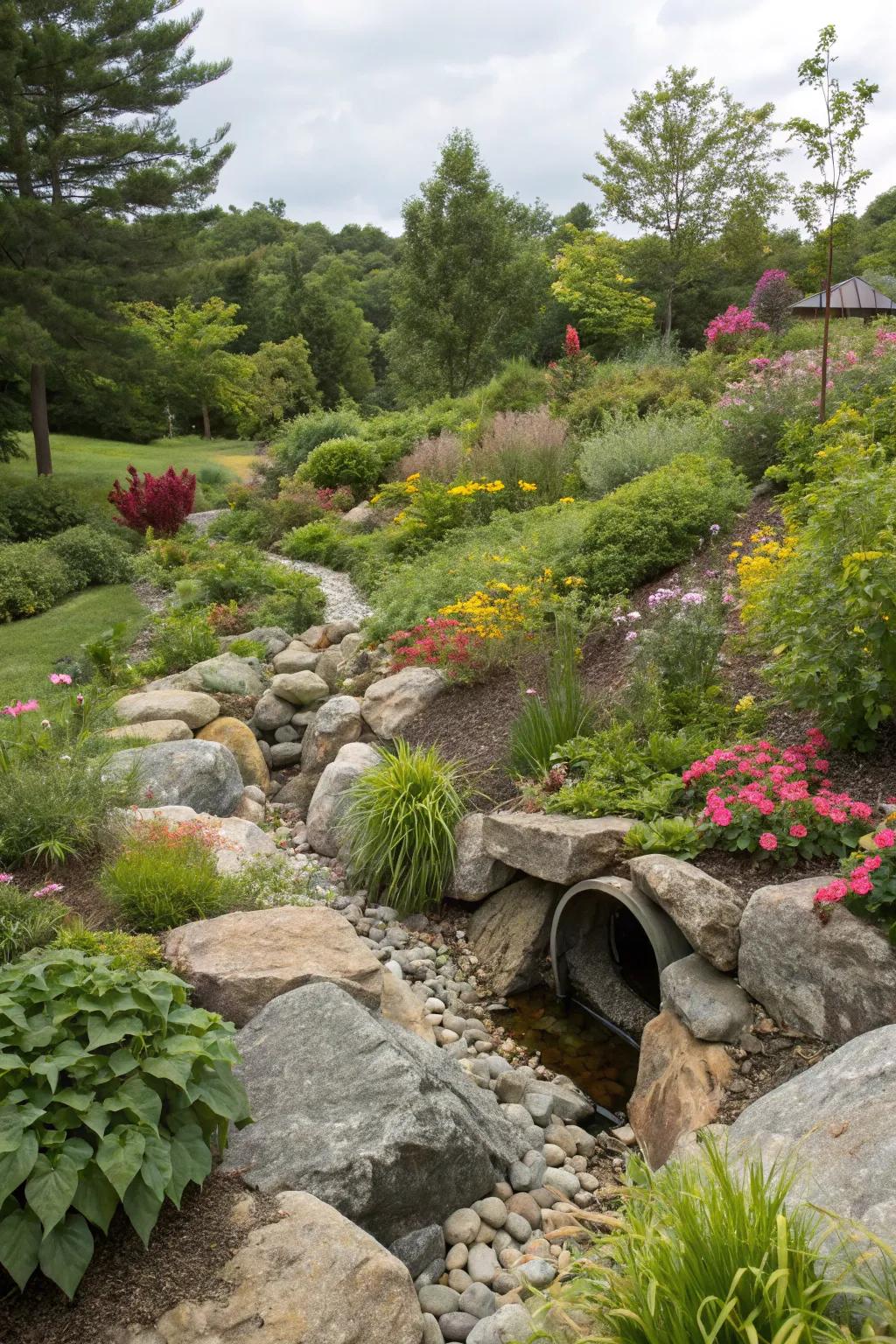
Camouflage your drainage setup by blending it into your landscape design. I’ve cleverly hidden mine among decorative rocks and plants.
You might like:
- Decorative Landscape Rocks: Enhance your garden with natural-looking decorative rocks to seamlessly integrate drainage systems.
- Outdoor Garden Plants: Add vibrant outdoor plants to camouflage drainage and beautify your landscape effortlessly.
- Garden Drainage Pipe: Install reliable drainage pipes for effective water management without disrupting your garden aesthetics.
7. Vent into a Dry Creek Bed
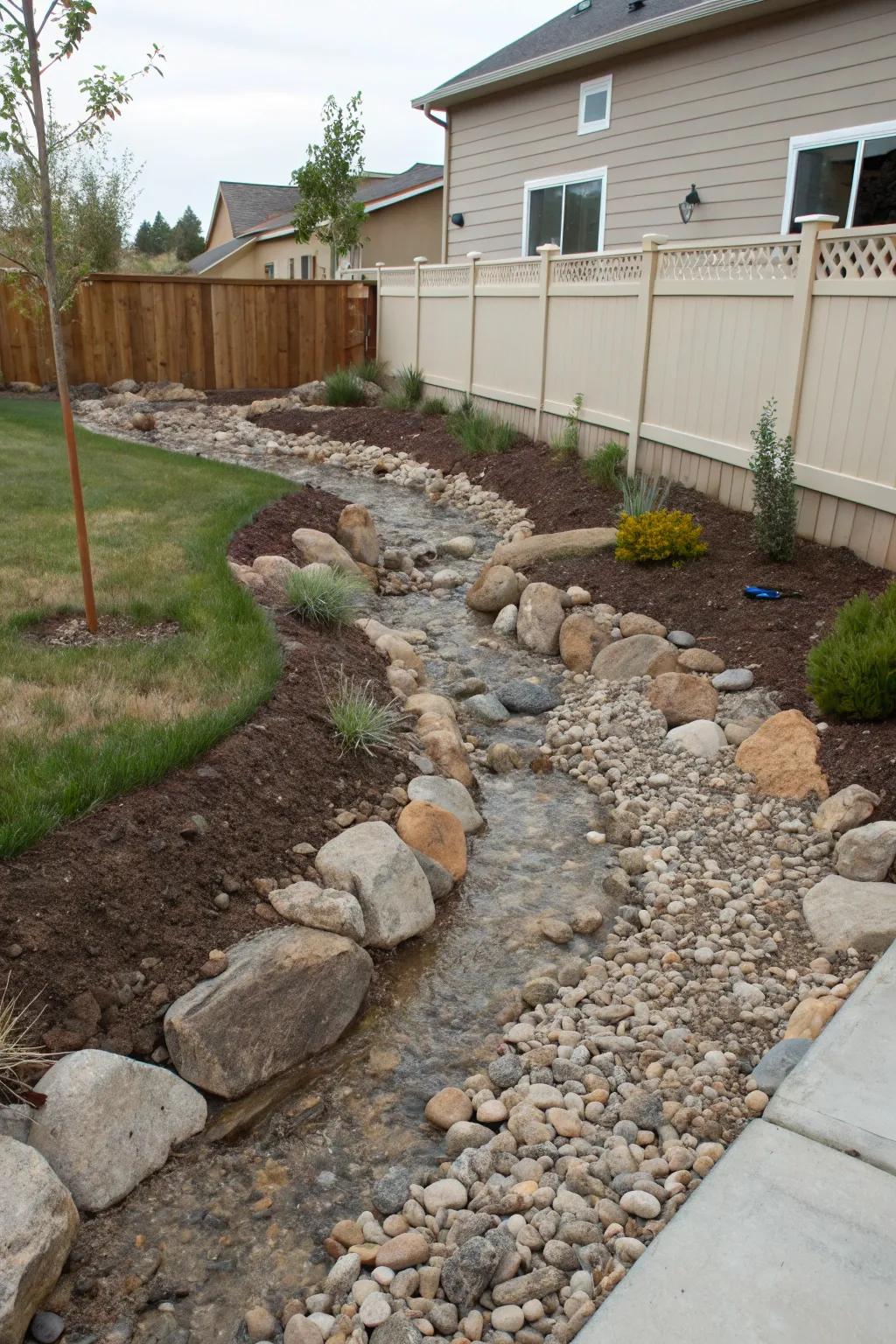
Channel backwash into a dry creek bed for natural drainage. This feature adds a rustic touch to my garden’s charm.
A few relevant products:
- Landscape River Rocks: Enhance your dry creek bed’s rustic charm with durable, naturally beautiful river rocks.
- Garden Drain Channel Kit: Install an efficient drainage channel kit to direct water flow seamlessly into your dry creek bed.
- Permeable Landscape Fabric: Use permeable landscape fabric to prevent weed growth and maintain your creek bed’s neat appearance.
8. Plant a Buffer Zone
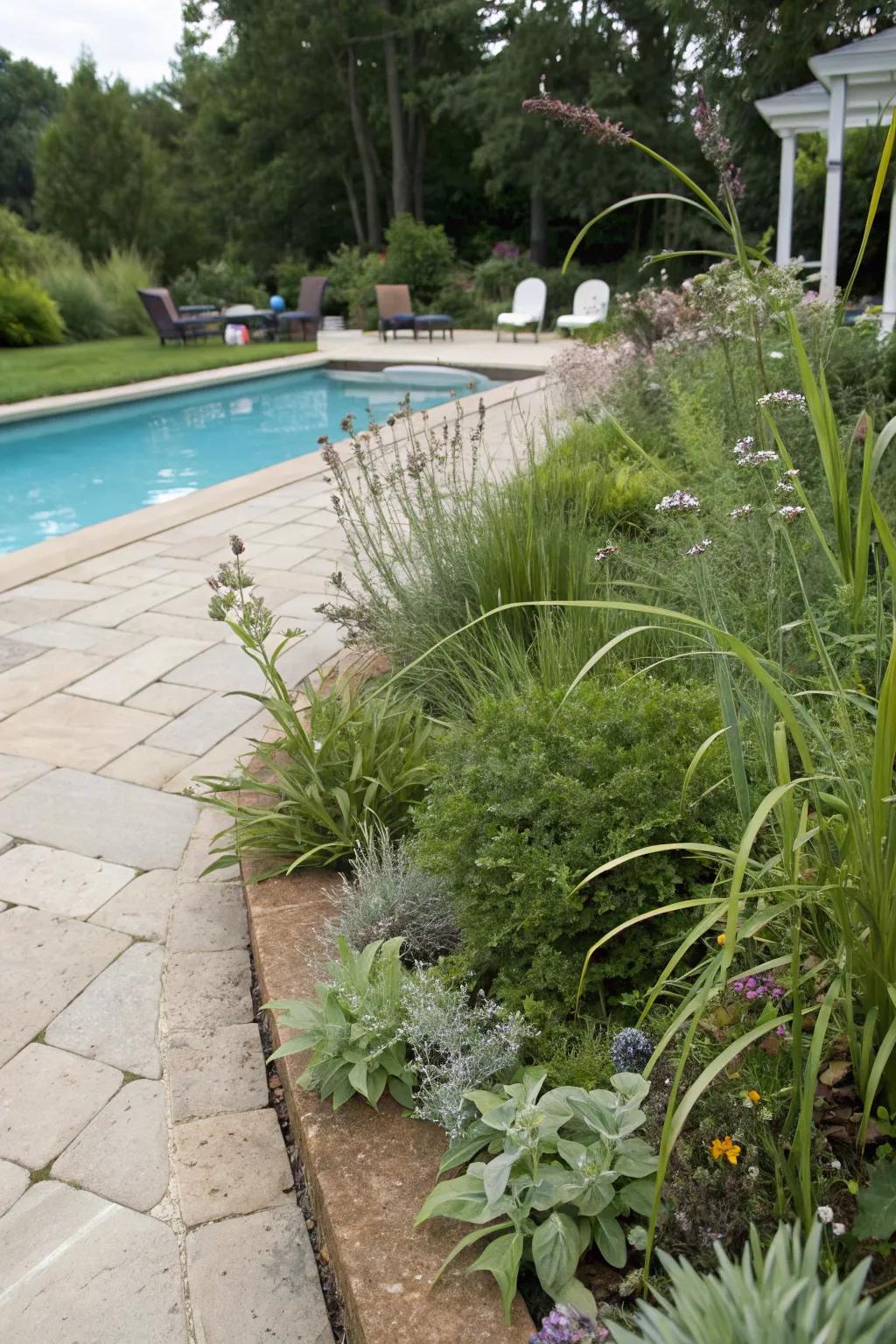
Create a buffer zone of salt-tolerant plants. Mine acts as a lovely border while safely handling backwash.
Check if these fit your needs:
- Salt-Tolerant Plant Seeds: Enhance your poolside with resilient plants that thrive in salty environments and add beauty.
- Water-Smart Irrigation System: Optimize plant health and water efficiency with a smart irrigation system that adapts to conditions.
- Organic Soil Enhancer: Boost your plants’ growth with a high-quality soil enhancer designed for optimal nutrient absorption.
9. Redirect to a Dry Well
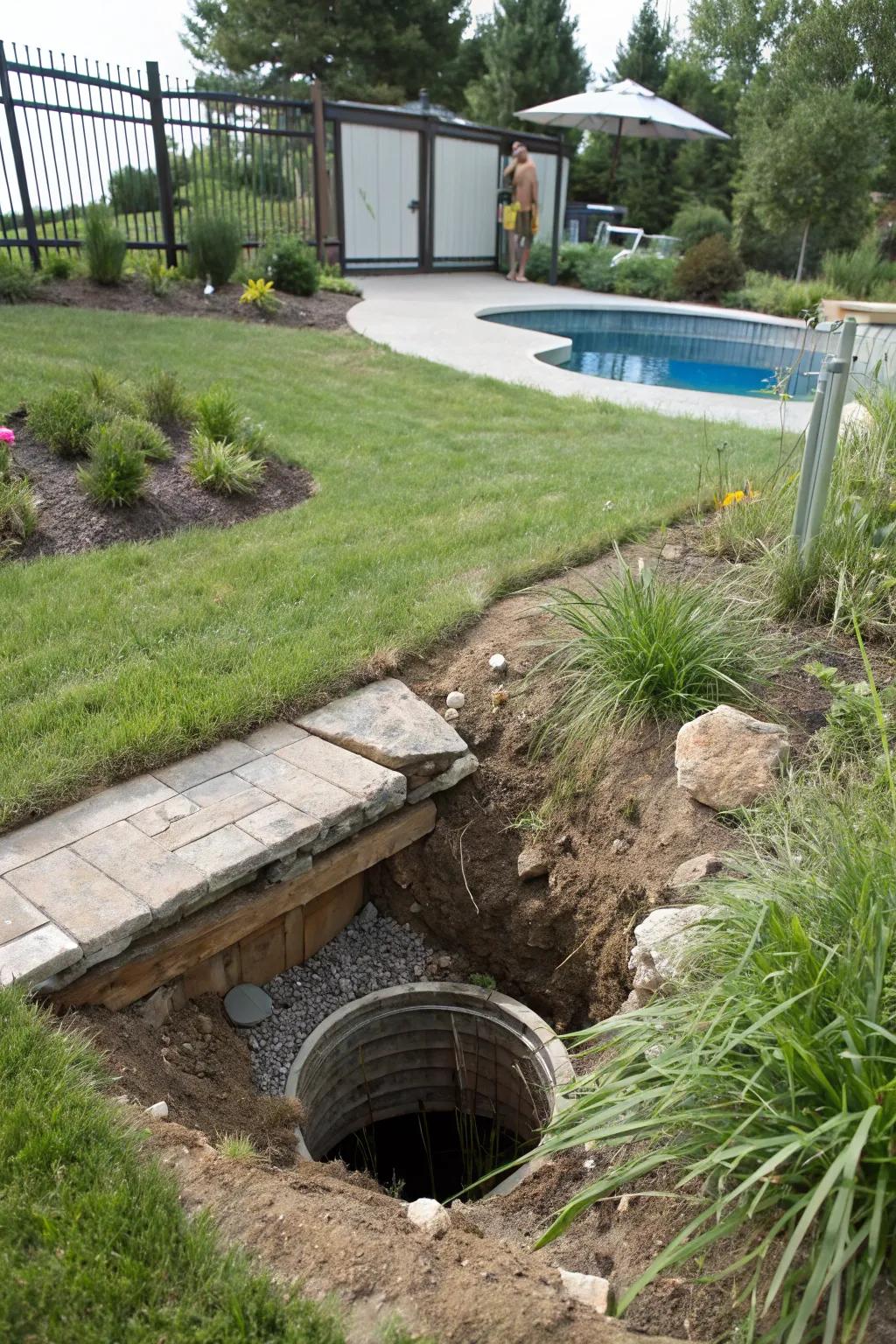
A dry well can be an eco-friendly way to manage backwash. It acts as an underground reservoir, which has worked wonders for my yard.
Give these a look:
- Dry Well Kit: Install a complete dry well system easily and manage pool backwash efficiently.
- Perforated Drainage Pipe: Use perforated drainage pipes to guide water efficiently into your eco-friendly dry well.
- Gravel for Drainage: Enhance water absorption with quality gravel, ideal for dry wells and pool drainage.
10. Experiment with Water Swales
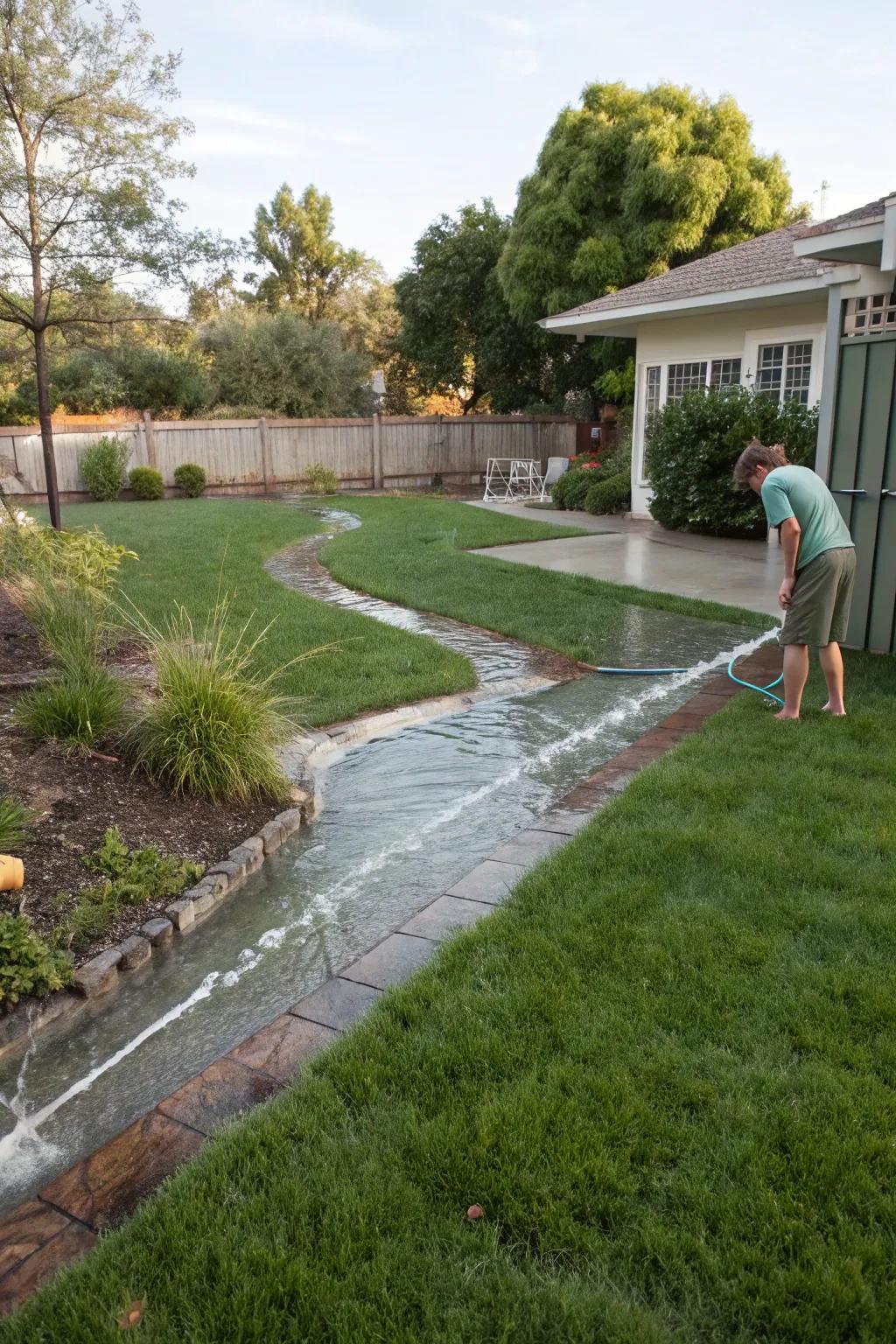
Try water swales for redirecting backwash. These gentle slopes are both functional and fun to design in your yard.
Possibly handy products:
- Landscape Edging Kit: Define your swale’s path with durable edging, making maintenance easy and enhancing your yard’s design.
- Grass Seed Mix: Ensure lush growth along your swale by using quality grass seed for a green, healthy landscape.
- Decorative River Rocks: Add natural beauty and functionality to your swale with versatile and attractive river rocks.
11. DIY Hose Reel Setup

Set up a DIY hose reel to easily manage backwash hoses. It’s a fun weekend project that keeps my garden clutter-free.
Consider these options:
- Wall-Mount Hose Reel: Install a wall-mount hose reel to keep your garden tidy and easily accessible.
- Heavy-Duty Garden Hose: Opt for a heavy-duty garden hose for durability and improved water flow management.
- Hose Guide and Organizer: Use a hose guide to prevent tangles and organize your outdoor space efficiently.
12. Design a Waterfall Feature
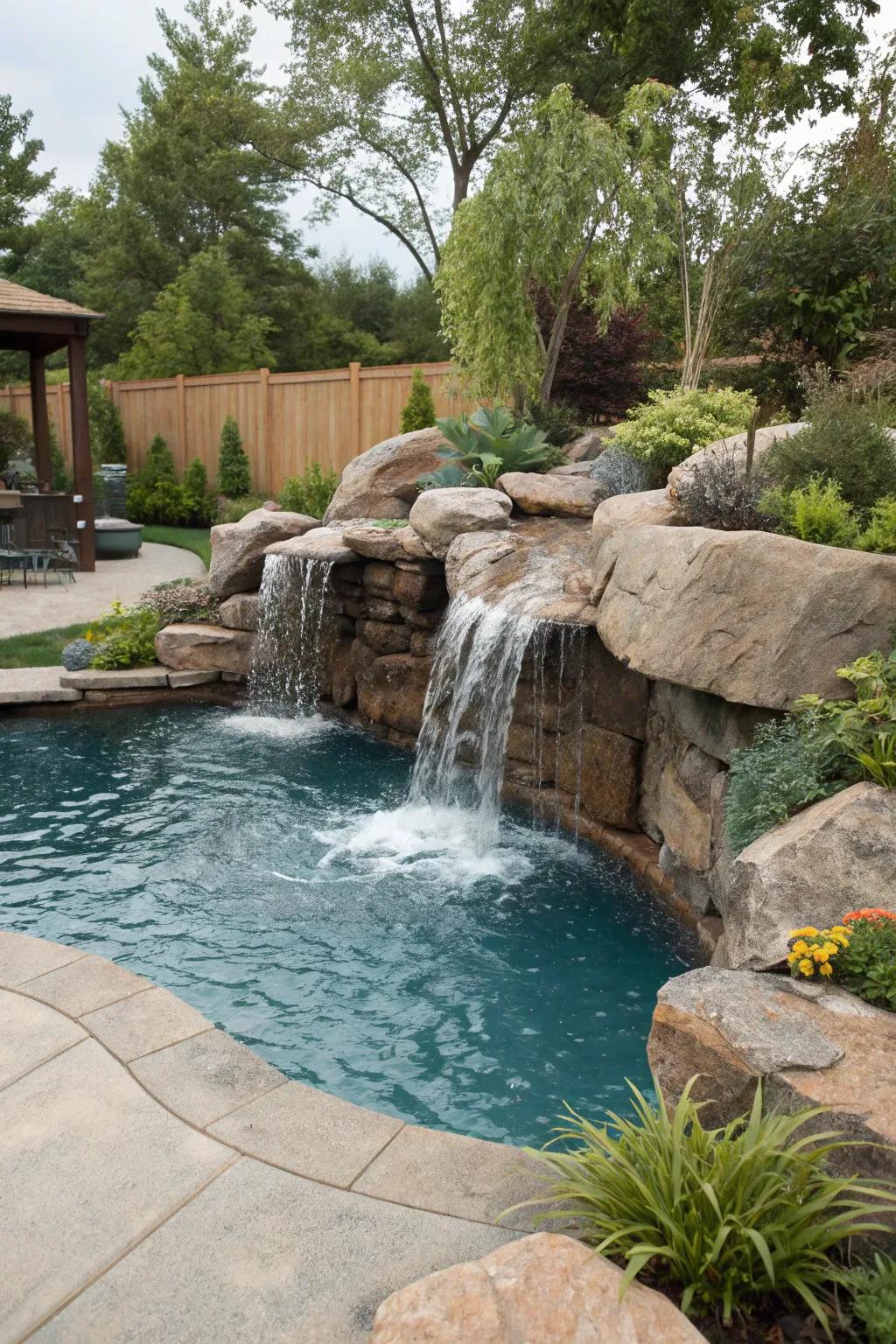
Turn backwash into a waterfall feature. It’s a showstopper in my garden that also manages water beautifully.
Try these:
- Waterfall Pump for Pools: Enhance your garden with a powerful waterfall pump, ensuring a stunning water flow display.
- Natural Stone Waterfall Kits: Create a breathtaking waterfall feature using natural stone kits for a seamless garden integration.
- LED Waterfall Lights: Illuminate your waterfall at night with LED lights, adding a magical touch to your garden.
13. Use Water Diverters
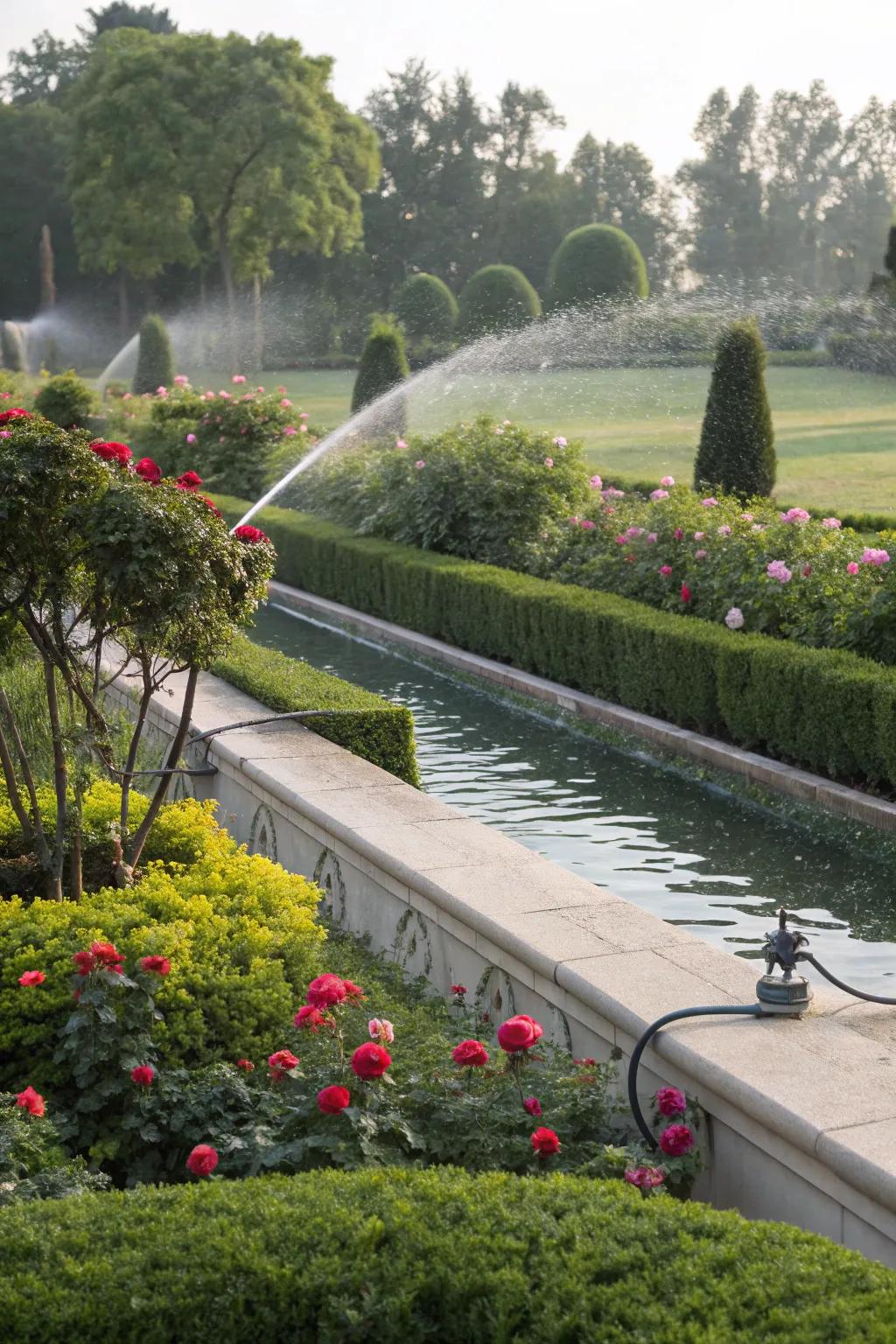
Attach water diverters to guide backwash where you need it. These handy tools have saved my flowerbeds from flooding.
A few suggestions:
- Garden Hose Diverter: Easily redirect water flow using this hose diverter to protect your garden from flooding.
- Flexible Downspout Extender: Guide water away from foundations with a versatile and flexible downspout extender.
- Swivel Hose Adapter: Install this swivel adapter to direct water precisely where you need it in your yard.
14. Capture Backwash for Cleaning
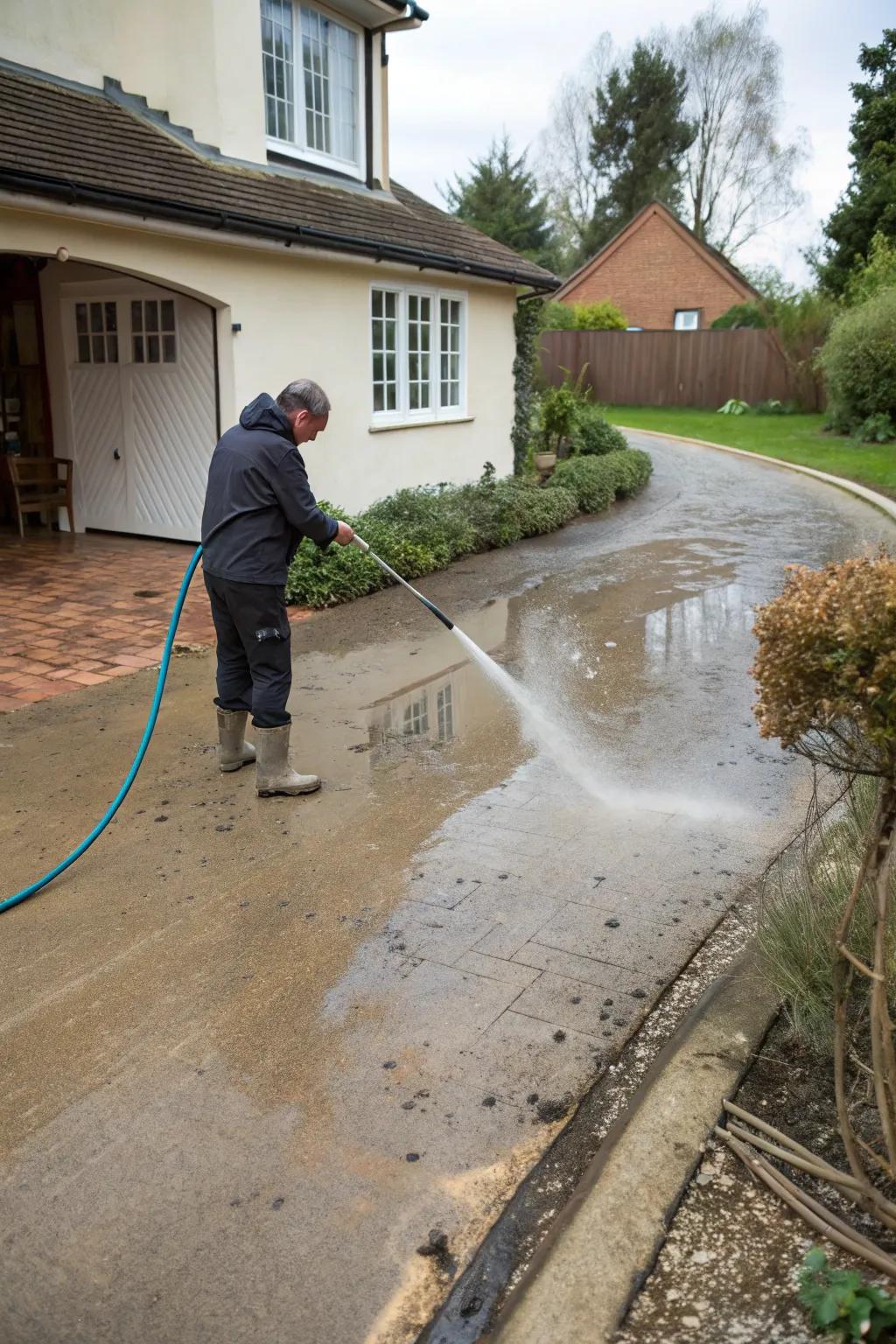
Use backwash to clean hard surfaces like driveways. It’s a resourceful way to make every drop count.
Useful items to consider:
- Heavy Duty Hose Nozzle: Enhance your cleaning power; the perfect tool for directing backwash water onto hard surfaces.
- Driveway Cleaner Detergent: Maximize effectiveness; specially formulated detergent for tackling stubborn stains on driveways.
- Flexible Drain Hose: Optimize water flow direction; a versatile hose for guiding backwash exactly where needed.
15. Repurpose for Irrigation
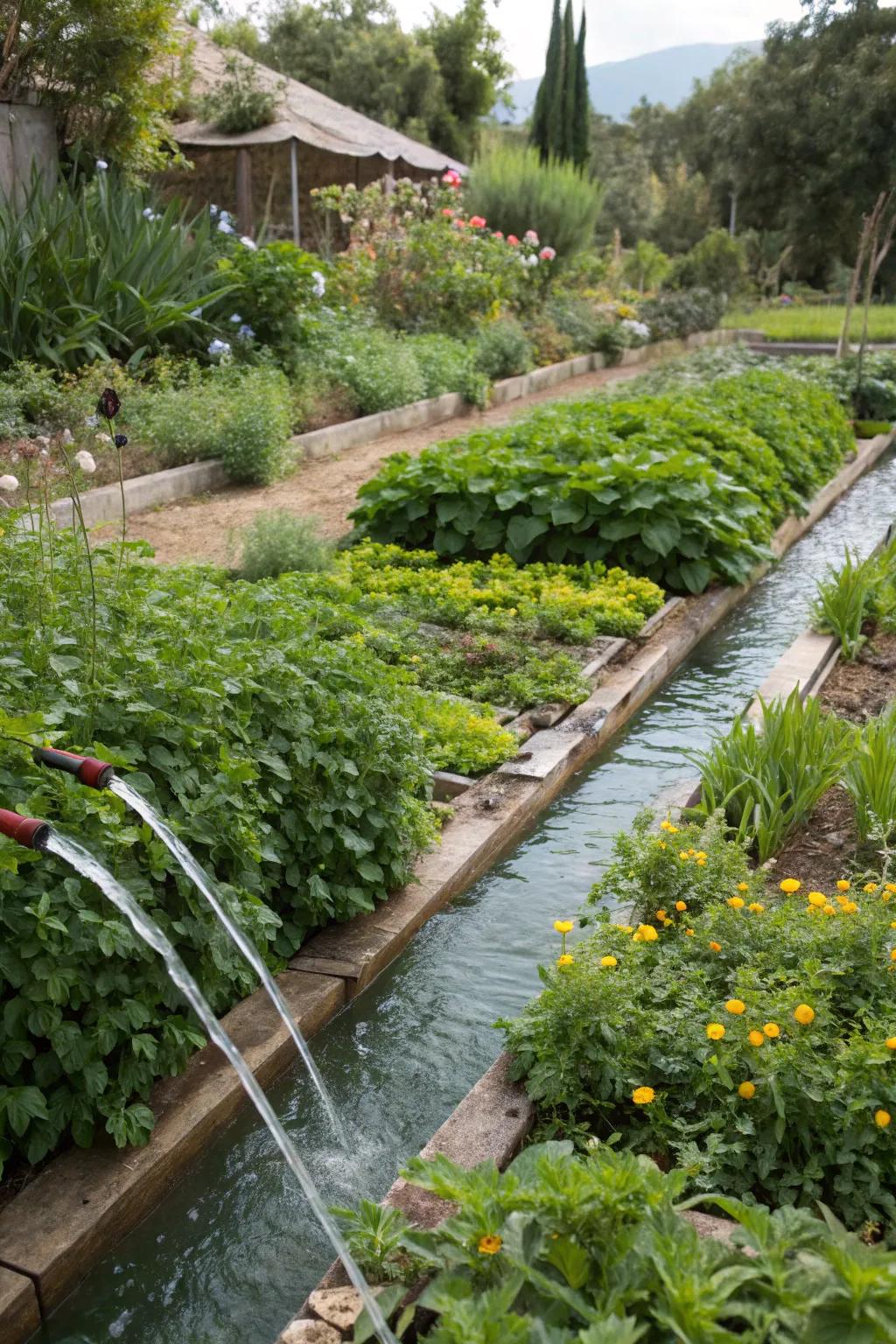
Use backwash water for irrigation of non-sensitive plants. My roses have never looked better since I started this practice!
Items that may come in handy:
- Garden Irrigation System Kit: Optimize your garden irrigation with an easy-to-install system. Keep plants hydrated efficiently.
- Hose Splitter with Shut Off Valve: Manage water flow with a durable hose splitter. Easily control irrigation for different zones.
- Reusable Water Soaker Hose: Conserve water with an efficient soaker hose. Perfect for targeted irrigation of garden beds.
